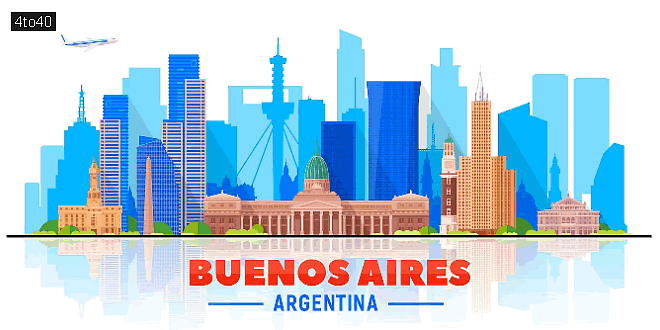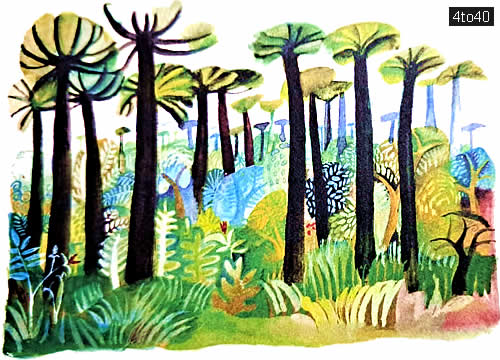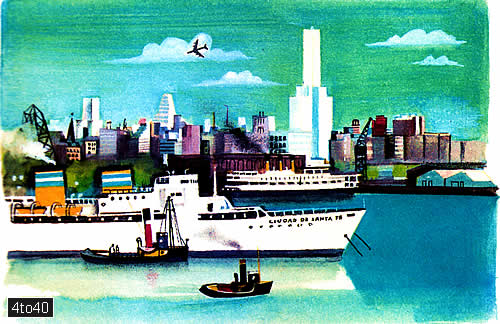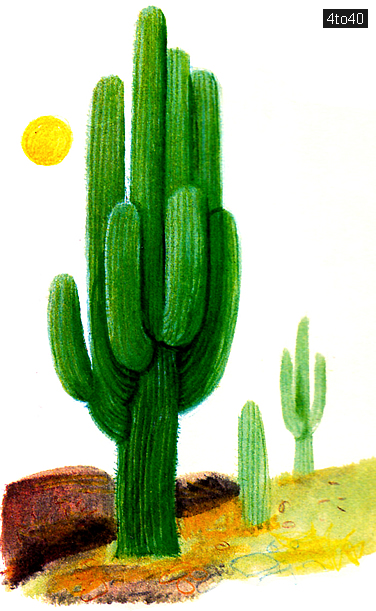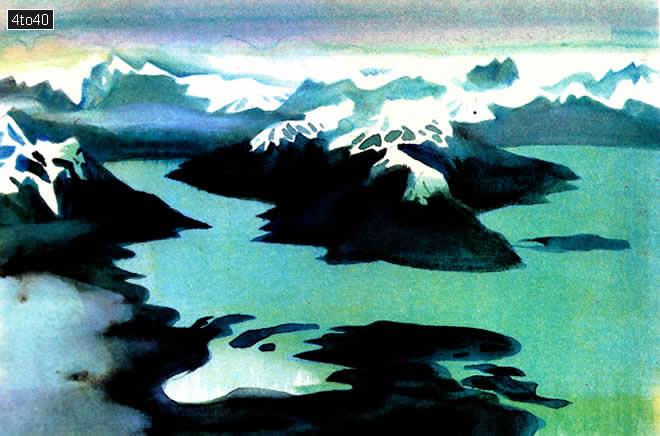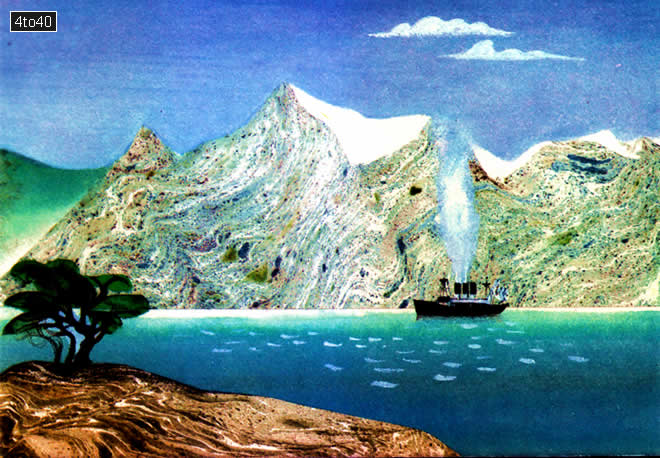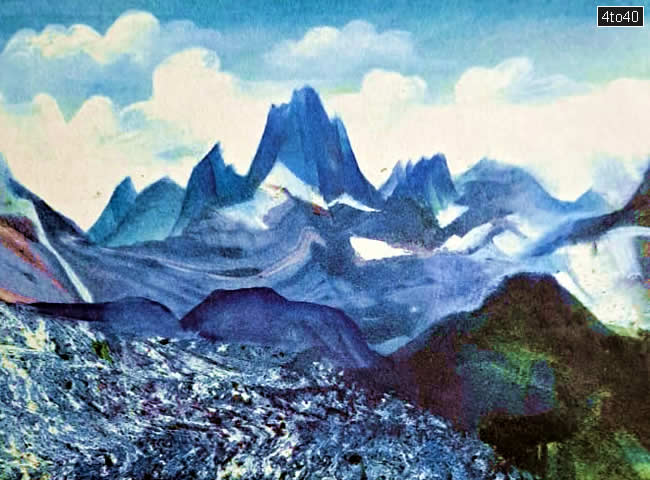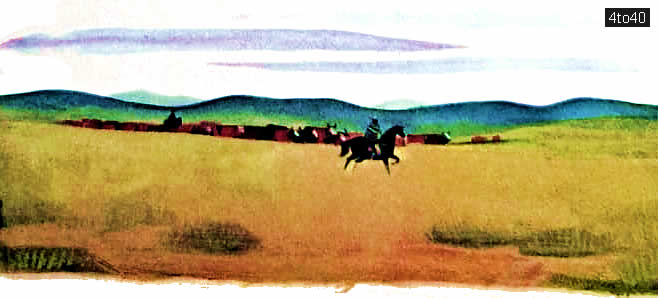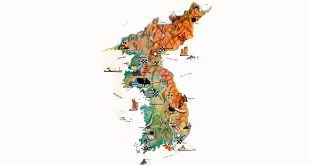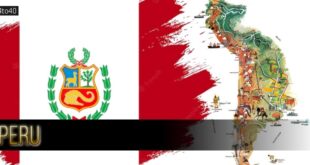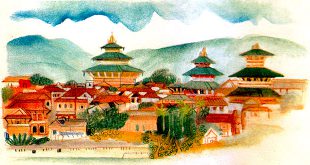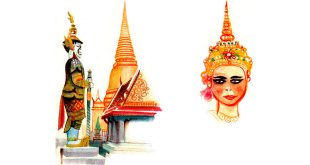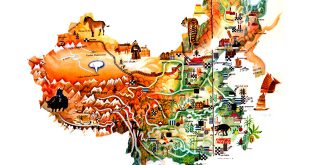Country Name: Argentina
System of government: Federal Republic
Capital: Buenos Aires (pop. 3,500,000; metropolitan area 9,910,000)
Location: In the south-eastern part of South America on the Atlantic, bordered by Chile, Bolivia, Paraguay, Brazil and Uruguay. Argentina controls the eastern half of the Tierra del Fuego
Area: 2,766,889 sq km
Population: 40,091,359 (2010 census)
National composition: Argentinians of various pure and mixed stock
Religion: Roman Catholic
Official language: Spanish
Currency: Argentinian peso = 100 centavos
Administrative divisions: 22 provinces, territory and the capital district
Other major cities: Cordoba (pop. 860.000), Rosario (pop. 780,000)
Highest elevation: Aconcagua (6,959 m)
Chief rivers: Parana, Paraguay, Uruguay, Colorado, Negro
Largest lake: Lake Mar Chiquita
Climate: Predominantly subtropical, drier in the interior, colder in the south
Motto: “En unión y libertad” (Spanish)
“In Unity and Freedom”
Anthem: Himno Nacional Argentino
Location Map:
Argentina Encyclopedia & Facts:
The western parts of Argentina are mountainous and alpine in character. The entire western border is formed by the Andes fringing the extensive high plateau of Puna de Atacama with saline depressions and a group of volcanic peaks. Much of the south is occupied by the Patagonian Highlands. The rest of the territory is taken by the Plate Plains, the Gran Chaco plateau and the pampas. These grasslands make up about one- half of the entire territory, while 20 per cent of the land is forested (in the south) and about 13 per cent is farmed. The main agricultural regions are the fertile pampas where wheat, maize, corn, oats, barley, sunflower, cotton, sugar cane, millet, tobacco, rice and other crops are cultivated. However, the pampas are mainly known as cattle country (more than 60 million head). Sheep, horses, pigs, goats and poultry are also raised in large numbers.
Argentina, one of the most well- developed Latin American nations, has relatively large reserves of oil, natural gas, iron ore, sulphur, tin, lead, zinc, phosphates, tungsten and other minerals. The metallurgy industry produces much steel and pig iron. The leading manufacturing industries include meat-packing and processing, flour, beer, sugar, cooking-oil and other types of foodstuff. There are also textiles, leather-working, tanneries, chemicals, petrochemicals and automobile manufacture. The country has enough power to cope with the industrial growth because electricity is generated by hydroelectric schemes, fossil fuel-fired plants and nuclear power stations.
Transport is also well-developed, the densest network of roads, highways and railways being at Buenos Aires, Bahia Blanca, Rosario, Santa Fe and Mar del Plata. Argentina has many inland airports and is connected with other countries of the continent and overseas by several major airlines.
 Kids Portal For Parents India Kids Network
Kids Portal For Parents India Kids Network
